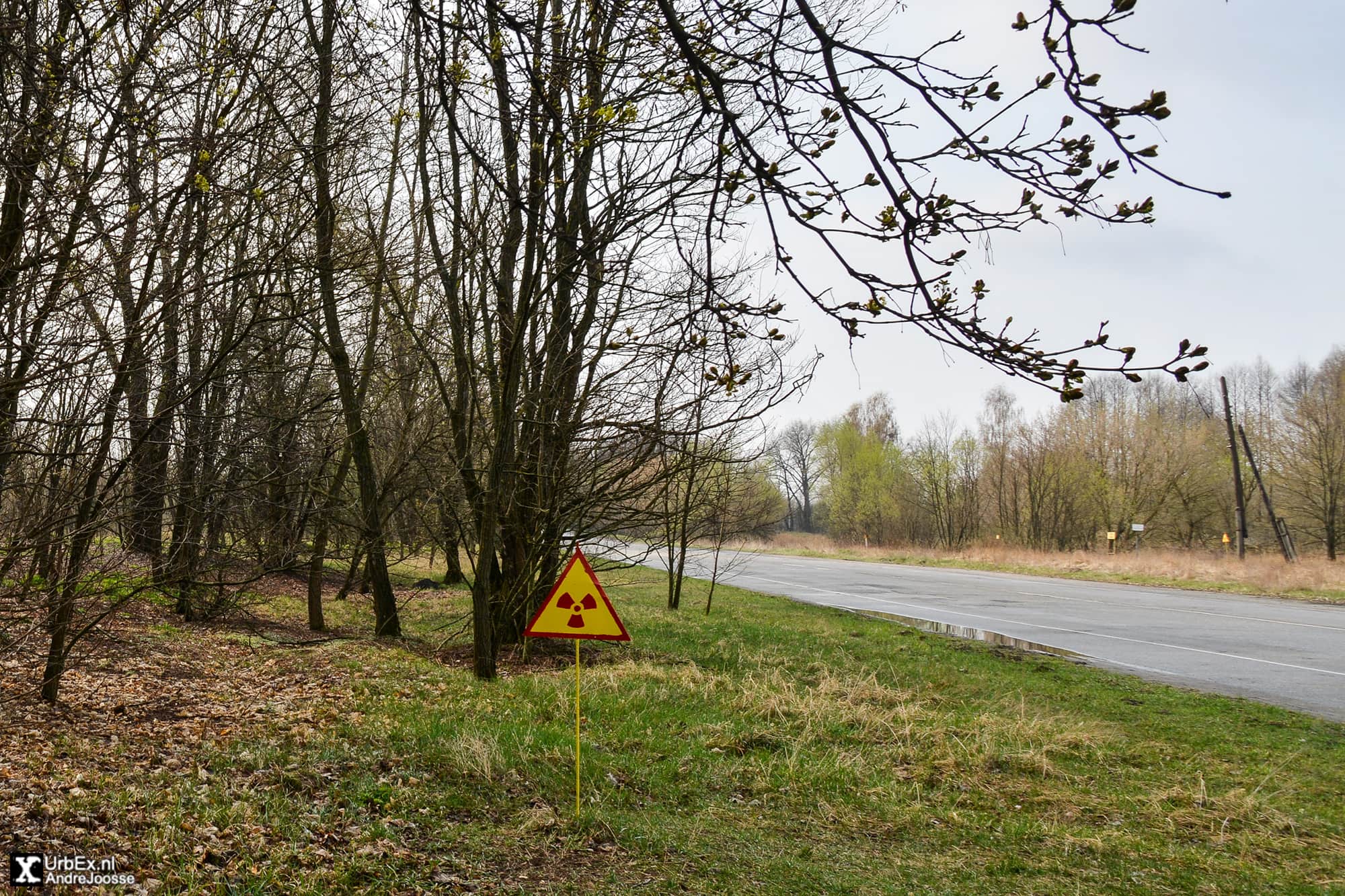CHERNOBYL EXCLUSION ZONE
Зона отчуждения Чернобыльской АЭС
The ‘Chernobyl Nuclear Power Plant Zone of Alienation’ is an officially designated exclusion zone. It is situated around the site of the Chernobyl disaster of the Nuclear Power Plant. It is also commonly known as the ‘Chernobyl Exclusion Zone’, the ’30 Kilometer Zone’, or simply ‘The Zone’.
Historically and geographically, the zone is the heartland of the Polessia region. This rural woodland and marshland area was once home to 120 thousand people living in the cities of Chernobyl and Pripyat as well as 187 smaller villages.
The Exclusion Zone’s purpose is to restrict access into hazardous areas. And also to reduce the spread of radiological contamination, and conduct radiological and ecological monitoring activities. It was established by the Soviet Armed Forces soon after the 1986 Chernobyl disaster. The Zone was designated for evacuation and placed under military control. Although evacuations were not immediate, 91 thousand people were eventually evacuated. After the fall of the Soviet Union another 53 thousand people were evacuated between 1990 and 1995.
The 30 km Zone was initially divided into three sub-zones: the area immediately adjacent to Reactor No. 4, an area of approximately 10 km radius from the reactor, and the remaining 30 km zone. Protective clothing and available facilities varied between these sub-zones.
Today, the Zone borders cover a larger area of Ukraine of approximately 2600 km2. The Zone borders a separately administered area, the Polesie State Radioecological Reserve, to the north in Belarus.
Slavutych
In November 1986, control over activities in the zone was given to the new production association Kombinat. Based in the evacuated city of Chernobyl, the association’s responsibility was to operate the power plant, decontaminate the 30 km zone and supply materials and goods to the zone. Also they constructed housing outside the new town of Slavutych for the power plant personnel and their families.
After Ukrainian Independence, funding for the securing of the zone was limited, resulting in even further settling by Samosely and other illegal intrusion.
On 15 December 2000, all nuclear power production at the power plant ceased after an official ceremony when the last remaining operational reactor, number 3, was shut down. Today, the Exclusion Zone is one of the most radioactively contaminated areas in the world and draws significant scientific interest for the high levels of radiation exposure in the environment, as well as increasing interest from tourists.
Approximately 3 thousand people work in the Zone on various tasks, such as the ongoing decommissioning of the reactors, and assessment and monitoring of the conditions in the zone. Employees do not live inside the zone, but work shifts there. Everyone employed in the Zone is monitored for internal bioaccumulation of radioactive elements.


